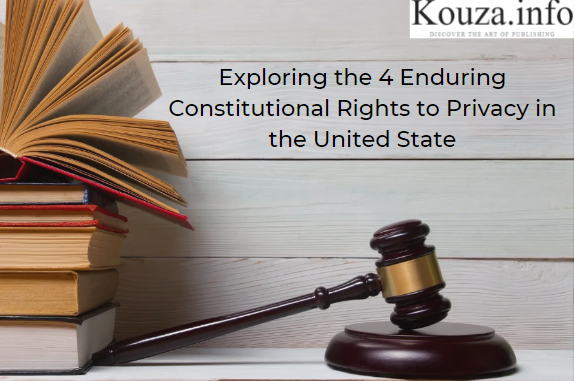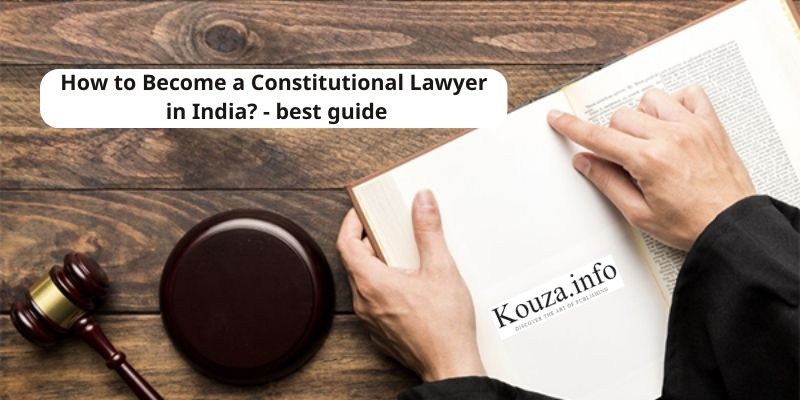What is an Uncontested Divorce and How Does it Work?
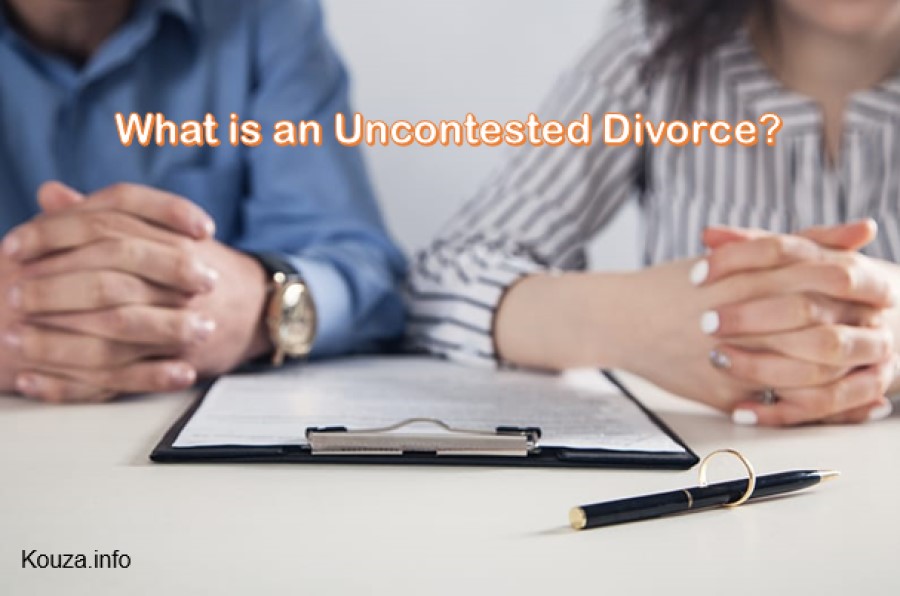
If you and your spouse have been married for at least one year and your relationship has deteriorated to the point where you can no longer live together peacefully, you may be considering a divorce. A divorce is an end to a marriage, and it can be very difficult to go through. But an uncontested divorce is possible if both spouses agree to it. Here’s what you need to know about uncontested divorces.
Kouza.info will start with the first question you need to understand about an uncontested divorce. Take a look below!
What is an uncontested divorce?
An uncontested divorce is a type of divorce where both parties agree on all aspects of the divorce, including the division of assets and debts, child custody and support, and spousal support (if applicable). In an uncontested divorce, the parties work together to create a settlement agreement that outlines the terms of the divorce, which is then presented to a judge for approval.
Differences between uncontested and contested divorce
The main difference between an uncontested divorce and a contested divorce is whether the parties are able to reach an agreement on the terms of their divorce. In an uncontested divorce, the parties agree on all aspects of the divorce, including division of property, child custody and support, and alimony. They then present a settlement agreement to the court for approval, and the divorce is finalized without the need for a trial.
On the other hand, a contested divorce occurs when the parties cannot agree on one or more issues related to the divorce. This may include property division, child custody and support, alimony, or other issues. In a contested divorce, the parties may need to go through mediation or attend court hearings to resolve these disagreements. If the parties are still unable to reach an agreement, the case may go to trial where a judge will make a decision on the unresolved issues.
Contested divorces tend to be more time-consuming, expensive, and stressful than uncontested divorces. In some cases, the disagreements may be so significant that the parties are unable to reach a settlement agreement, and the divorce may end up going to trial.
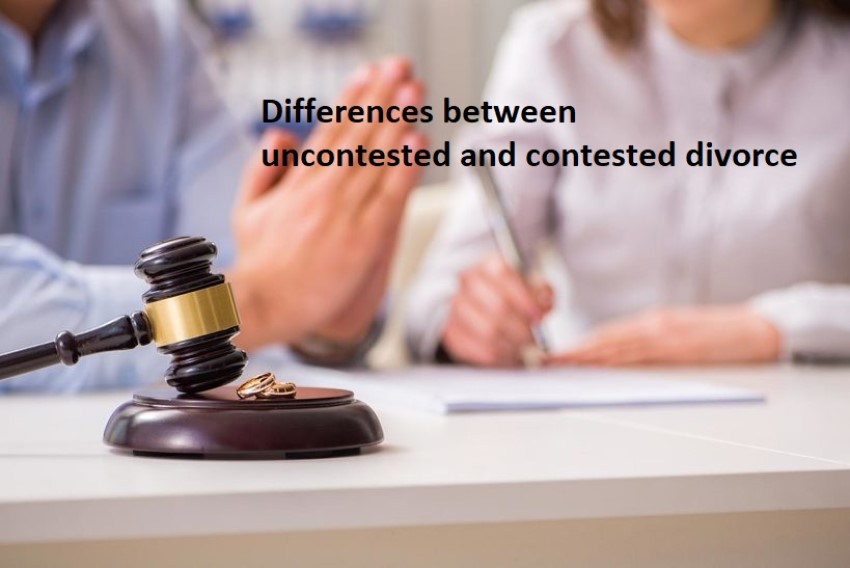
How does an uncontested divorce work?
An uncontested divorce typically works as follows:
- Filing a petition: The spouse who wishes to initiate the divorce files a petition for divorce with the court in the jurisdiction where they live. The petition should outline the grounds for divorce, such as irreconcilable differences, and state that the divorce is uncontested.
- Serving the petition: The other spouse must be served with the petition and given an opportunity to respond. If they agree to the terms of the divorce, they can sign an acceptance of service or a waiver of service, indicating that they do not need to be formally served with the papers.
- Negotiating a settlement agreement: The spouses work together to negotiate a settlement agreement that outlines the terms of the divorce, including division of property, child custody and support, and alimony (if applicable).
- Review and approval: The settlement agreement is reviewed by both parties and their respective attorneys, and any necessary revisions are made. Once the parties are satisfied with the agreement, they sign it and submit it to the court for review and approval.
- Court approval and finalization: If the court approves the settlement agreement, a judge will sign off on the divorce decree, finalizing the divorce. The parties may then need to take additional steps, such as filing paperwork to transfer property or change their names, to fully implement the terms of the divorce.
Advantages and Disadvantages of an uncontested divorce
Advantages of an uncontested divorce:
- It can be less expensive than a contested divorce since there is less legal work involved.
- It can often be finalized more quickly since there are no court hearings or trials.
- It can be less contentious since both parties are willing to work together to come to an agreement.
- The parties have more control over the outcome since they are negotiating the terms themselves rather than leaving it up to a judge.
- It can be more private since the details of the divorce settlement are not made public in court.
Disadvantages of an uncontested divorce:
- In some cases, one spouse may have more bargaining power than the other, leading to an unfair settlement.
- In an uncontested divorce, the parties may not have the benefit of legal advice, which could lead to an unfair settlement or an agreement that does not protect their interests.
- Without the guidance of legal professionals, an uncontested divorce could lead to future disputes or misunderstandings about the terms of the agreement.
- The parties may have limited options for negotiating the terms of the divorce, especially if there are complex issues to resolve.
- There is no opportunity for a trial, which could be a disadvantage if one party believes that they could have received a better outcome in court.
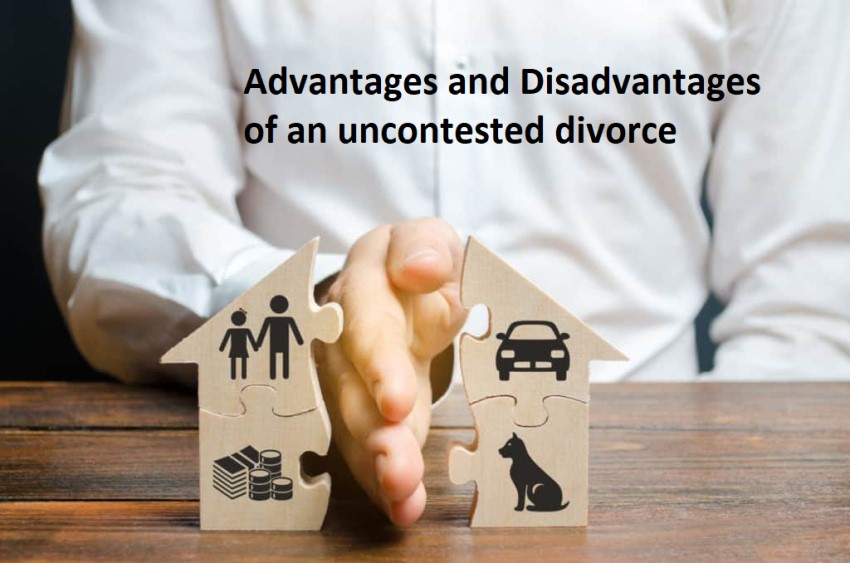
When is an uncontested divorce not an option?
While an uncontested divorce can be a good option for couples who are able to work together to negotiate the terms of their divorce, it may not be possible in all situations. You might not be able to get a uncontested divorce if
One spouse is unwilling to cooperate: If one spouse is uncooperative or unwilling to negotiate, the divorce may become contested. In this case, the couple may need to go to court to resolve any issues that they are unable to agree upon.
There are complex financial issues: If the couple has significant assets, complex property or debt division issues, or other financial complications, an uncontested divorce may not be feasible. In these situations, it may be necessary to hire experts, such as appraisers or forensic accountants, to help value and divide assets.
There are child custody disputes: If the couple has children and is unable to come to an agreement about child custody, an uncontested divorce may not be possible. In these situations, a judge may need to make decisions about custody and visitation rights based on the best interests of the child.
There is domestic violence or abuse: An uncontested divorce might not be suitable if there has previously been domestic violence or abuse in the marriage. In these situations, the safety of the victim may be a primary concern, and a contested divorce or protective order may be necessary to ensure their safety.
Final Words
Uncontested divorces are generally simpler and quicker to finalize than contested divorces. In an uncontested divorce, both spouses agree to the terms of the divorce and do not fight over issues such as custody, assets, and child support. Uncontested divorce proceedings can be completed in a matter of months, compared to years in a contested divorce.
Conclusion: So above is the What is an Uncontested Divorce and How Does it Work? article. Hopefully with this article you can help you in life, always follow and read our good articles on the website: kouza.info

